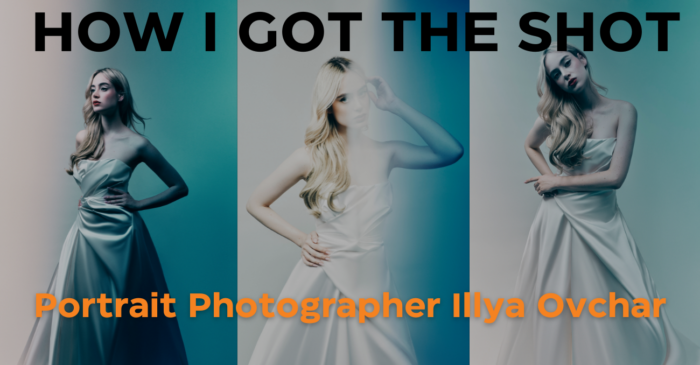
Illya Ovchar is a fashion photographer based in Europe that captures stunning fashion and lifestyle portraits for clients all across the globe. Let’s dive into his photography journey and how he got the shot in one of his latest fashion portrait photoshoots.
Why Do Photos Matter to You?
“Photography is the medium in which I can express products of my imagination. If I could draw it, I would. For that reason, I was the worst at art and thought I would never touch it again after school. The reality of today is quite different. It is that photography allows me to draw with light and clothes to create emotion. It is the medium I am most comfortable with,” Illya says.
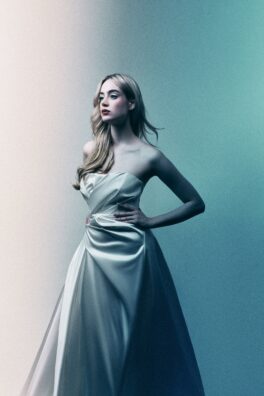
What Was the Concept of the Shoot?
The concept of the shoot was to combine theatre, retro Hollywood aesthetic, and abstraction all in one shoot.
“I put extra emphasis on capturing the elegance in that particular shoot. The concept tied in with using large couture dresses for the styling, and fairly classical accented lip makeup,” says Illya.
How Did Shooting Tethered Help You Achieve the Shot You Wanted?
“I had a few different approaches to how to shoot this series, and it was crucial to work together with the team to ensure that the photography didn’t overtake the fashion or the makeup. For example, I initially blurred the image quite a bit. Because I was tethering, it was super easy for everyone to see the result and the team agreed that that was not the way,” says Illya.
Tethering enabled Illya and his team to work together and create a result everyone was happy with.
“Another reason tethering helped me get the shot I wanted was that I was able to instantly apply a color grade to the images, hence showing the team a more or less final result rather than a raw image,” Illya continued.
What Setup and Lighting Did You Use to Get the Shot?
The setup changed from image to image:
First Image – There were 3 lights:
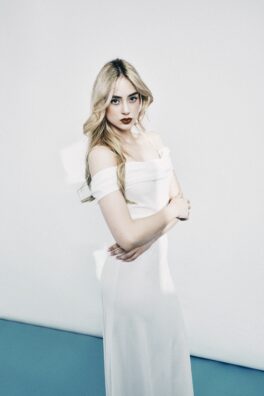
- An optical snoot in front and above the model — giving the hard accent on the model’s face.
- 3’ Octa slightly in front and above the model to bring out the hair detail as well as face structure.
- Para 128 acting as fill light.
2nd, 3rd, & 4th Image- There were again 3 lights in that setup:
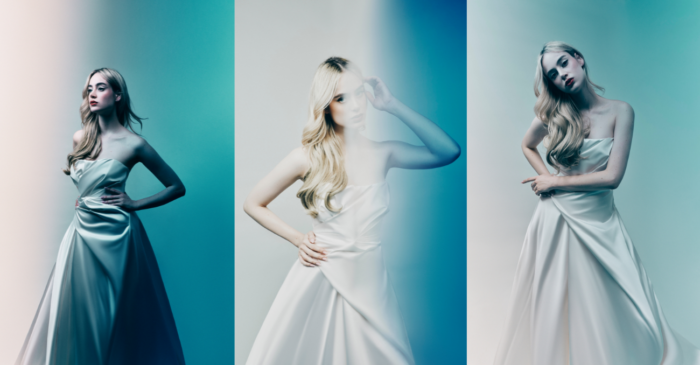
- Key was a white beauty dish with a diffusor – it gave the face structure and definition
- Above the model was a 3’ octa with a grid to bring out the cheekbones and lift the shadows slightly
- Para 128 as general low power fill
What Type of Post-Processing Was Involved?
Color grading in Capture One, retouching in Photoshop.
What were the logistics and/or gear needed to achieve this shot?
Camera:
- Canon 5Ds
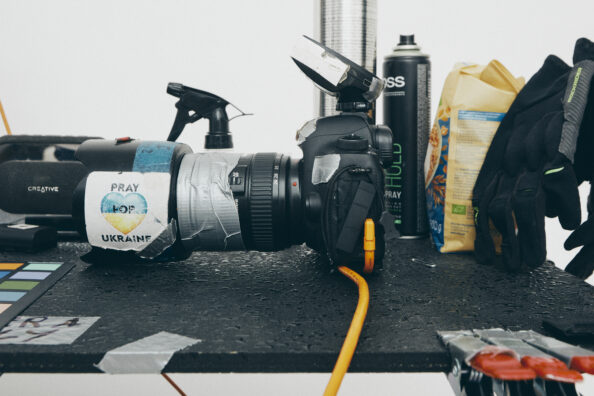
Camera Settings:
- ISO: 400
- Aperture: f/8
- Shutter Speed: 1/160s
Lens:
- Canon 24-70 f/2.8
- Canon 16-35 f/2.8
Lighting:
- Profoto B1X
- Profoto B2
- Profoto A2
- Profoto Beauty Dish White
- Profoto 3’ Octa with grid
- Optical Snoot for Profoto Mount
- Godox 128 Para with Diffusor
Grips & Workstation:
- Tether Table Aero
- TetherPro Cable
- TetherBlock
- TetherGuard Cable Management
- Avenger Boom Arm D650
- Avenger C-stand with grip arm (C stand kit 33)
- Manfrotto 1004BAC stand
- Manfrotto 126CSU stand
- Manfrotto 111CSU stand
- Avenger 36’ flags
- Superclams, clamps, miscellaneous items
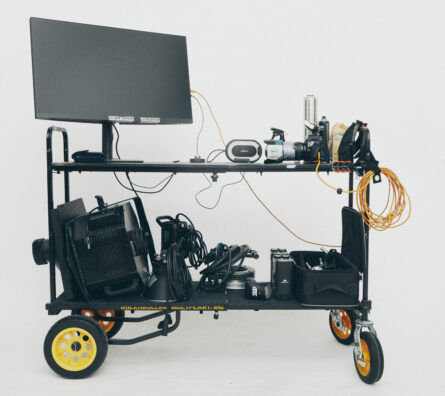
Photography Set:
- Manfrotto White Background
- Manfrotto Light Blue Background
- Wooden planks to hold the background paper in place
Who was involved and how did they play a part in the shoot (e.g.: makeup, assistant, digital tech, etc.)?
- Hair and makeup artists – they make or break the model’s face. Good hair and makeup are key
- Stylist & Designer
- Art Director
5 key tips for up-and-coming portrait photographers
- Seek emotion in images
- Master working with light, any light
- Know how to market your work
- Give it time, Rome wasn’t built in a day
- Trust your gut feeling and have fun
Inspiration to Become a Photographer
“A good question,” says Illya, “The short answer is that I love seeing the world from a different perspective. The long answer is as follows.”
“From a very young age, my mother always brought me to the theatre. It became a family tradition to go see a ballet, or sometimes an opera. By the time I was 5, Swan Lake was already a performance I was familiar with. The thing that fascinated me about theatre is the way the stage can be transformed with three main components: light, people, and costume. These factors evoke a wide range of emotions in the audience, and the response to what’s happening is deeply personal to each member of the audience. Theatre was the subtle push to admire art and see the world from a different perspective,” Illya continued.
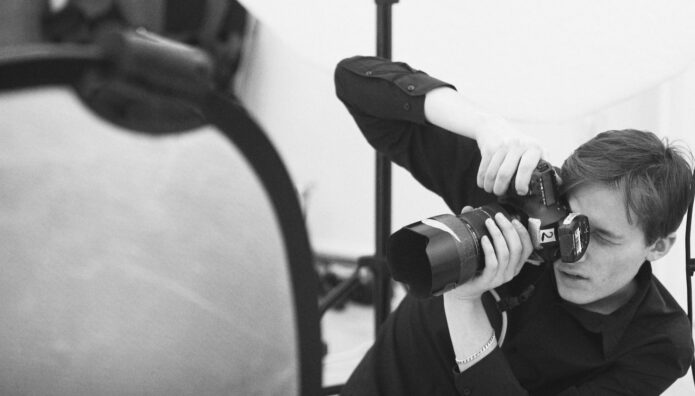
The next factor in his photography journey was vastly different. Around 16 years old Illya was fascinated by how some people captured long exposure photographs which would result in a dilapidated place looking vibrant and surreal at the same time.
“So I began experimenting with long exposure, a technique that has since become one of the stapes of my visual aesthetic. Back to abandoned places, I often found that they lacked the human element, which was the point at which I started to ask my friends to pose in these places. At one point, I got a chance to assist a fashion photographer on a photo shoot and immediately fell in love with how this genre combines surrealism and vibrancy. This was when I knew what I wanted to do,” says Illya.
Illya’s fascination with theatre combined with the surrealism of his teenage experiments with technique was the perfect mix to becoming a professional fashion photographer.
“I don’t aim to show the real world in my images, I intend to show something only possible with imagination,” Illya says.


